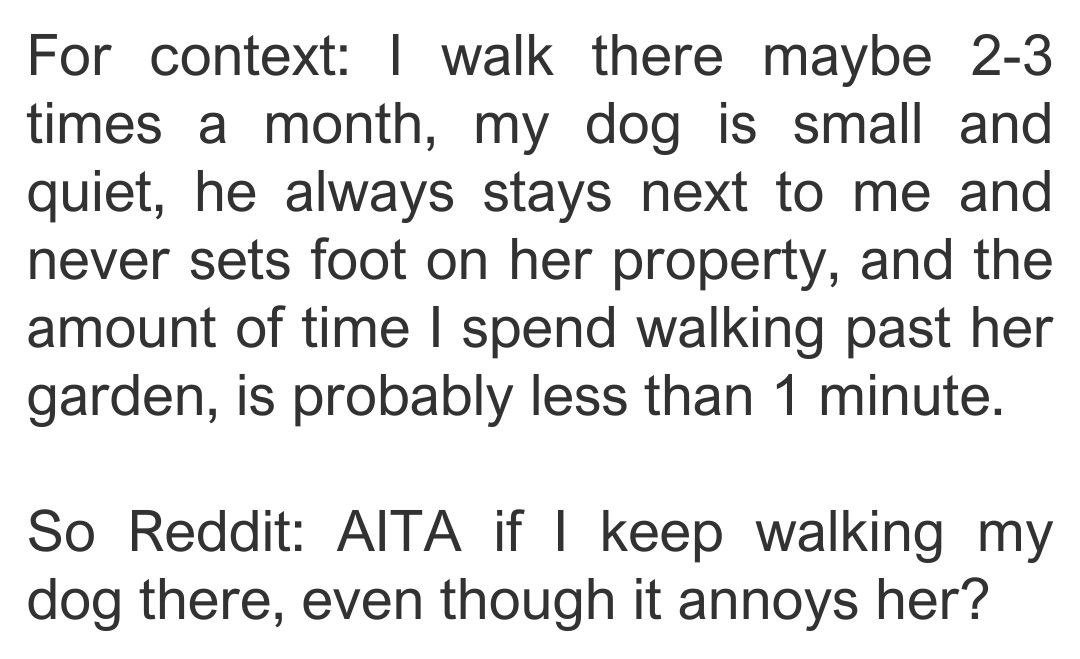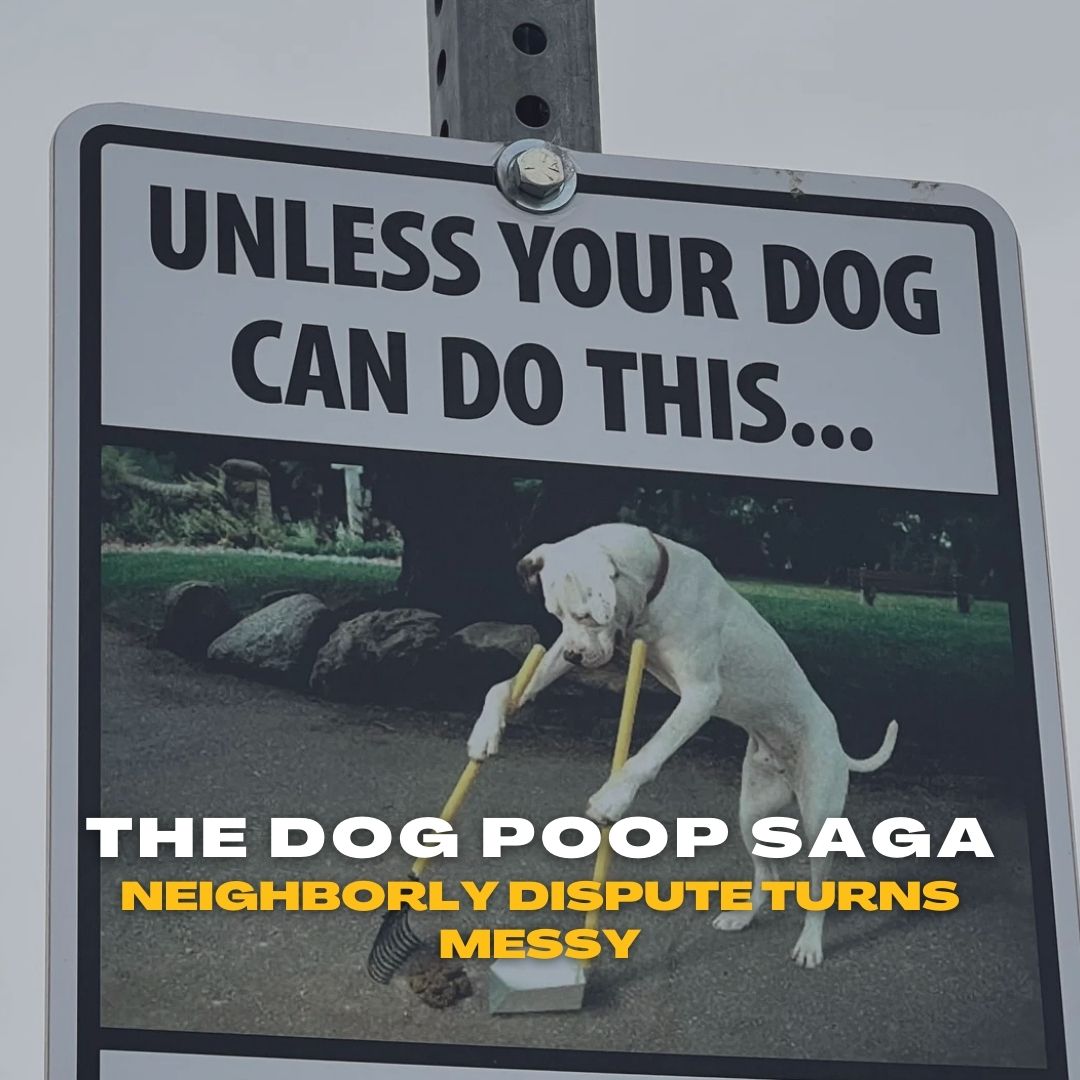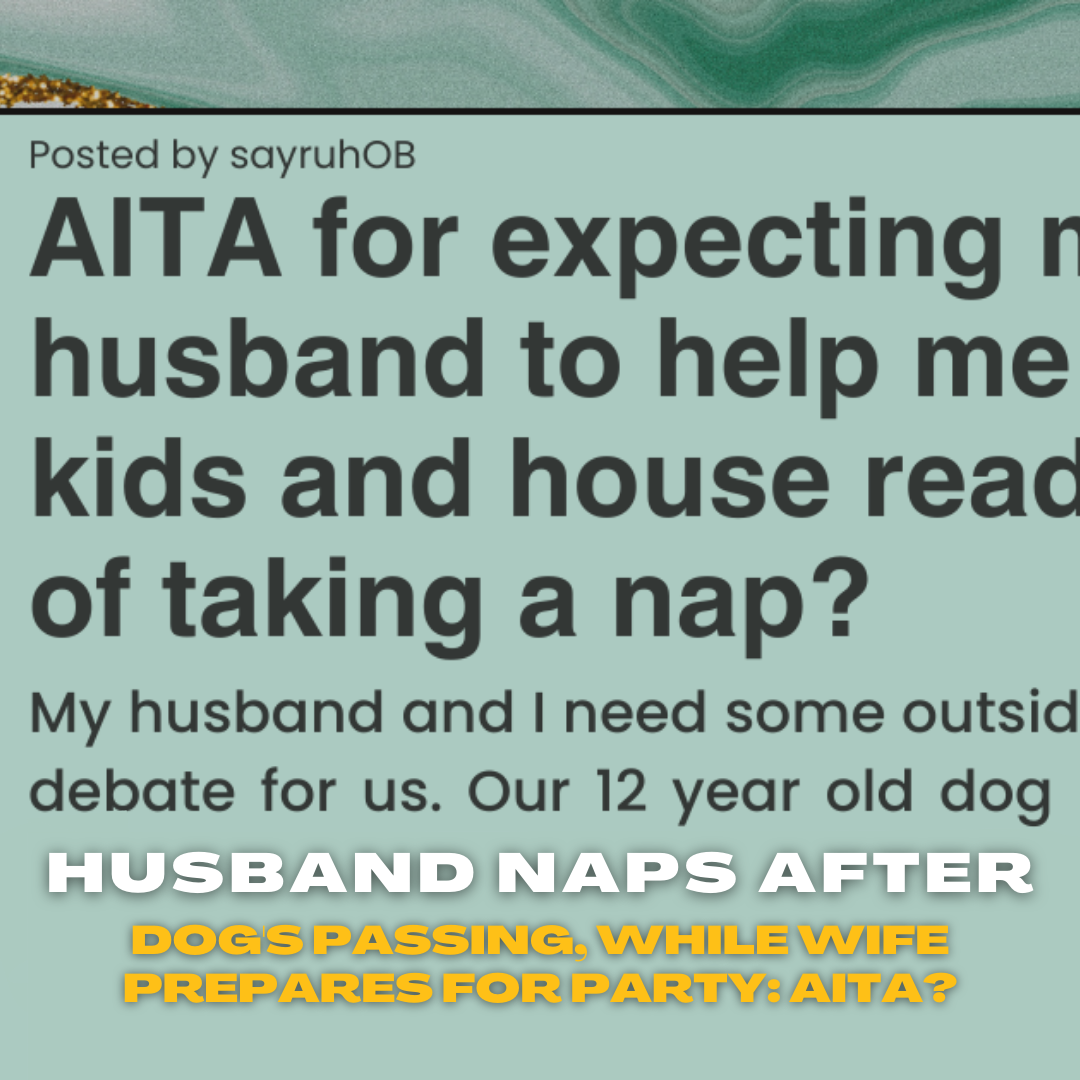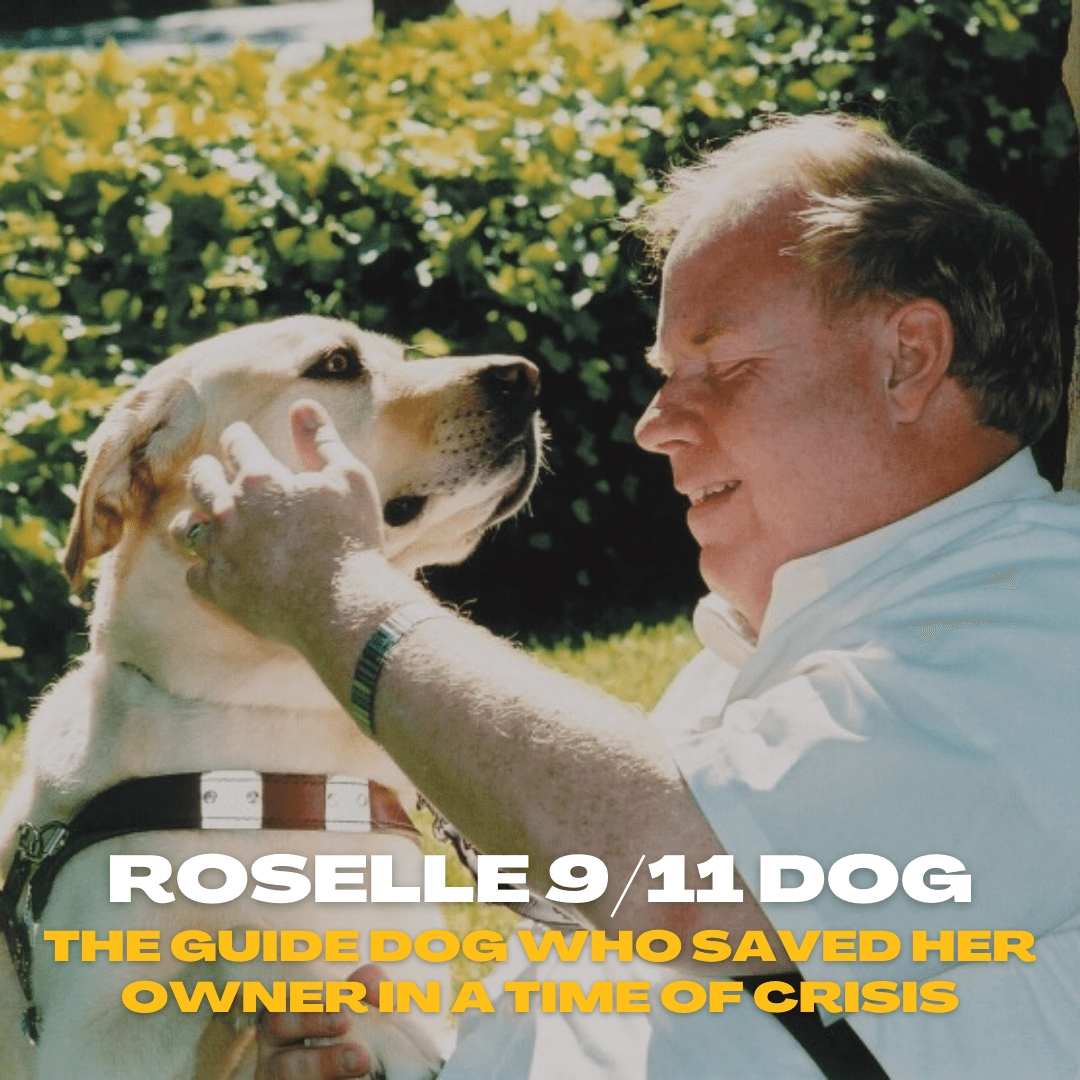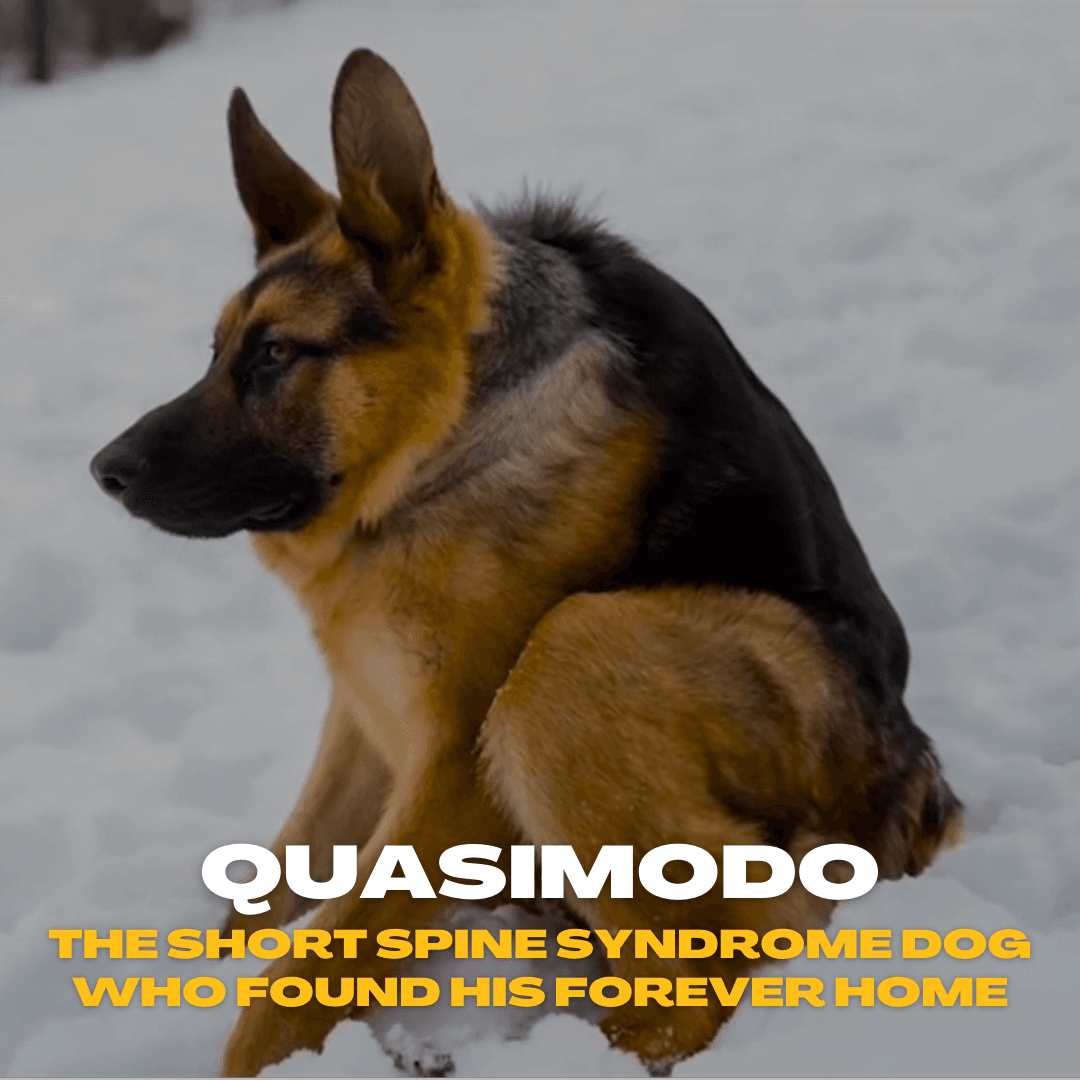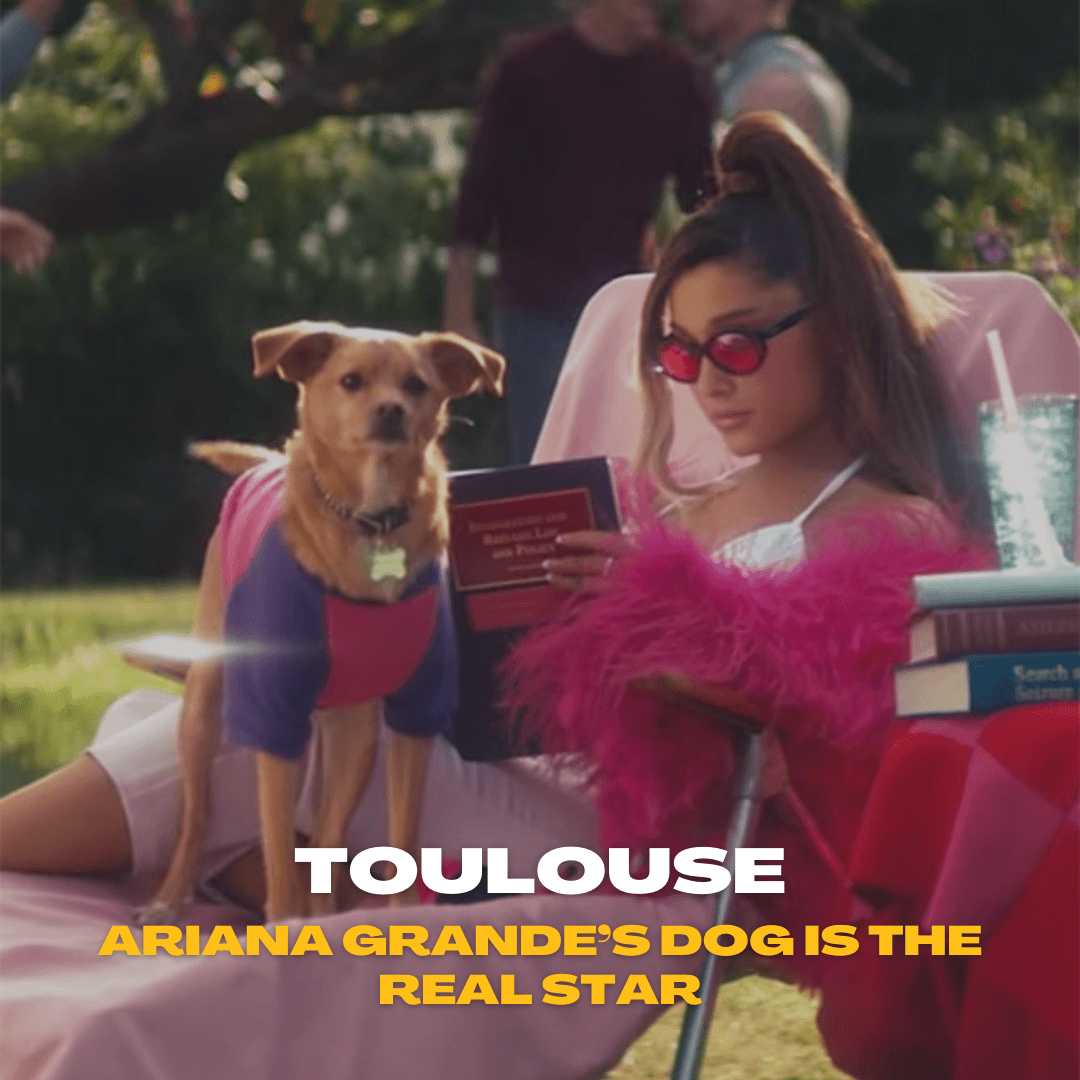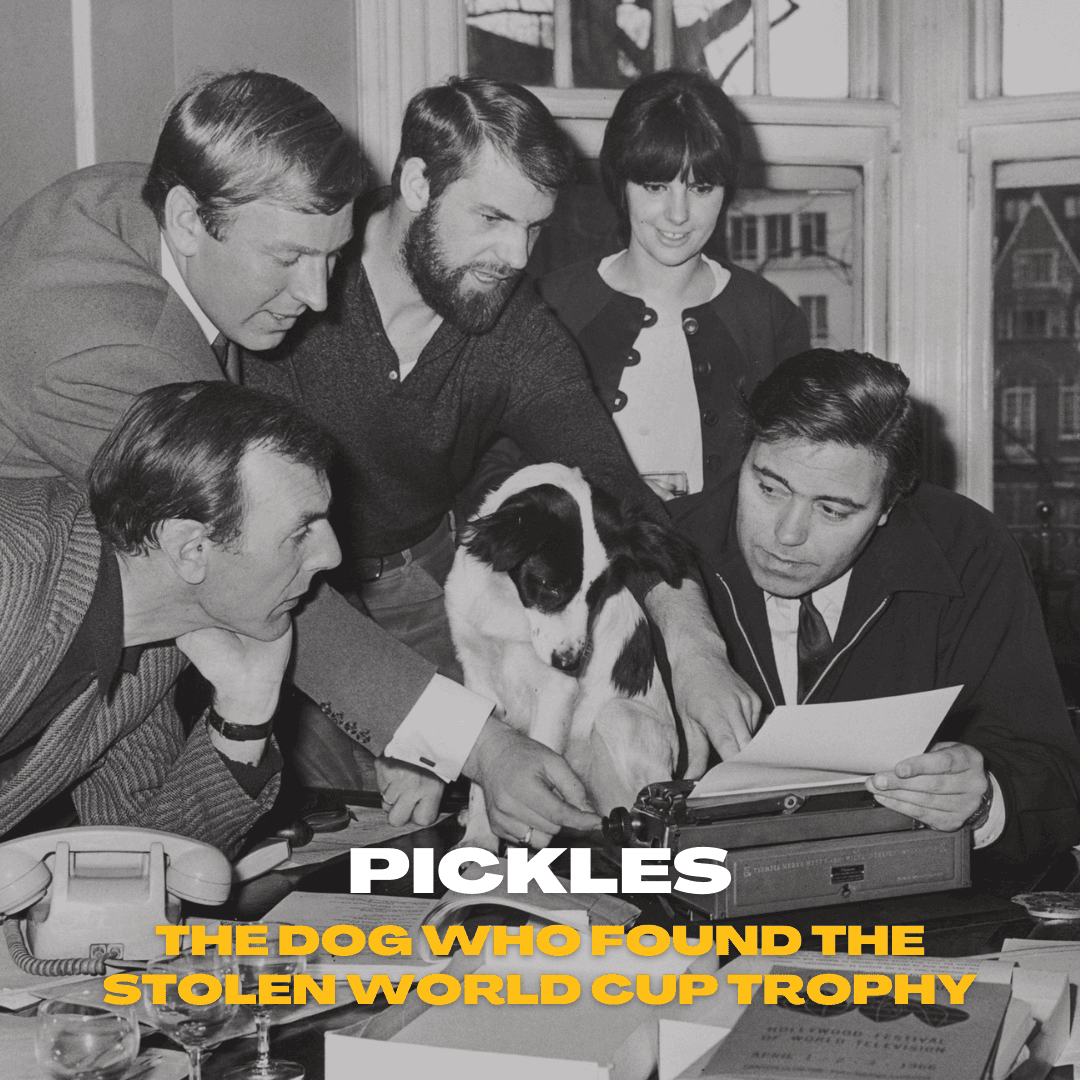Walking your dog is much more than a routine task; it’s a vital component of their physical and mental well-being and a precious bonding experience for you and your furry companion. The enthusiastic tail wags, joyful barks, and focused attention as you clip on the leash are the unmistakable signs of a dog eagerly anticipating the simple pleasures of a walk. These outings provide essential exercise, and mental stimulation through exploring new scents and sights, and, perhaps most importantly, strengthen the unique connection between owner and pet. Research even suggests that individuals who walk their dogs alone often cultivate an even deeper bond with their companions, underscoring the significance of these shared adventures. But what transpires when this seemingly innocuous, mutually beneficial activity becomes the source of a heated conflict with a neighbor?
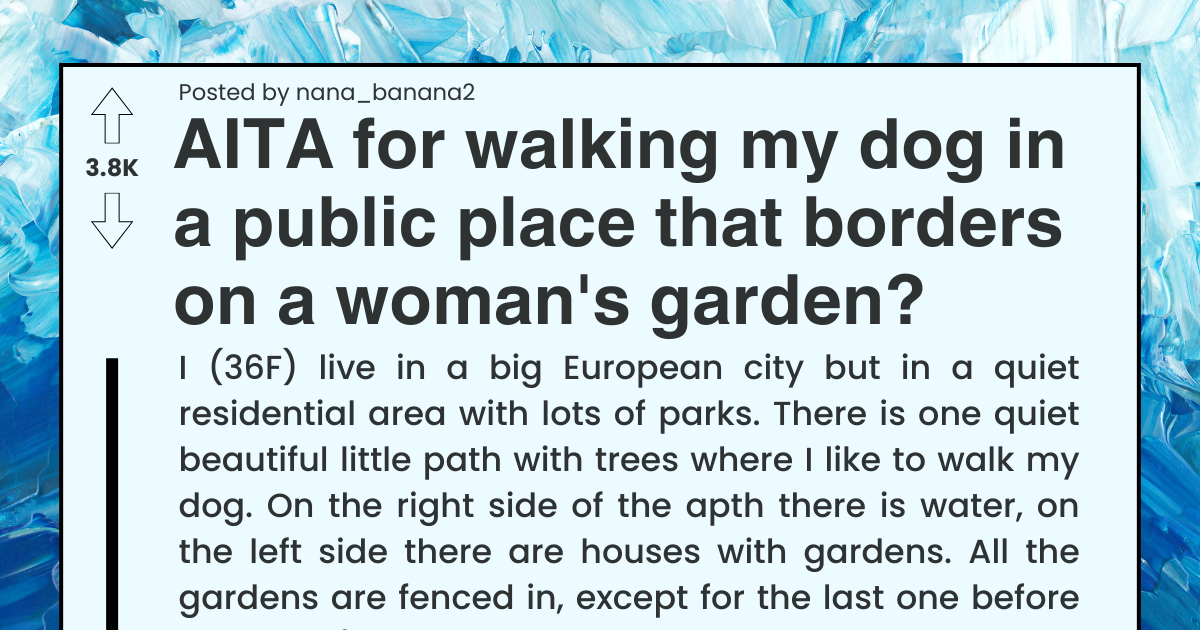
This is precisely the predicament encountered by Reddit user nana_banana2. She and her canine companion enjoyed a well-established walking routine in their tranquil neighborhood. Their preferred route was a particularly scenic path, bordered by mature trees on one side and the calming expanse of a picturesque lake on the other. This quiet, natural setting provided the perfect backdrop for their daily strolls. However, a recent and rather unpleasant encounter with a neighbor has left nana_banana2 questioning her right to utilize this public space and seeking validation from the online community. This narrative explores the delicate balance between personal preferences and the fundamental right to public access, raising pertinent questions about responsible dog-walking etiquette, the intricate dynamics of neighborly relations, and the often blurred distinction between public and private spaces.
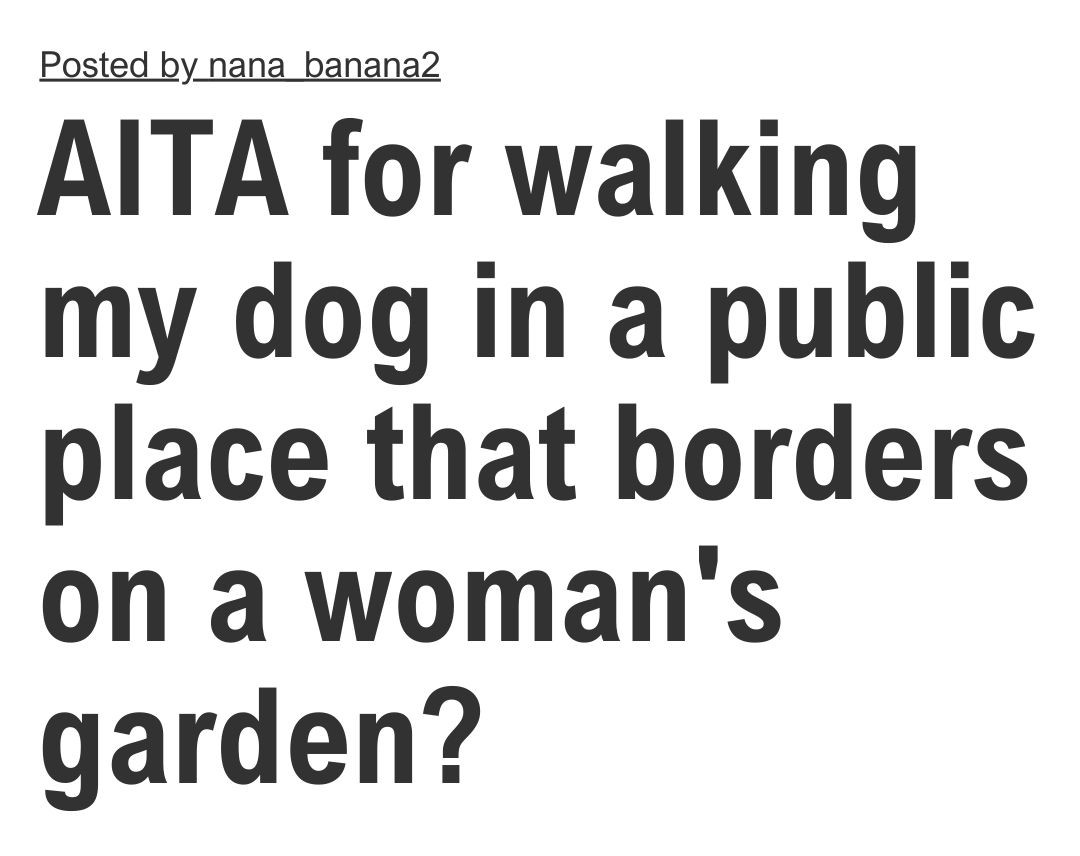
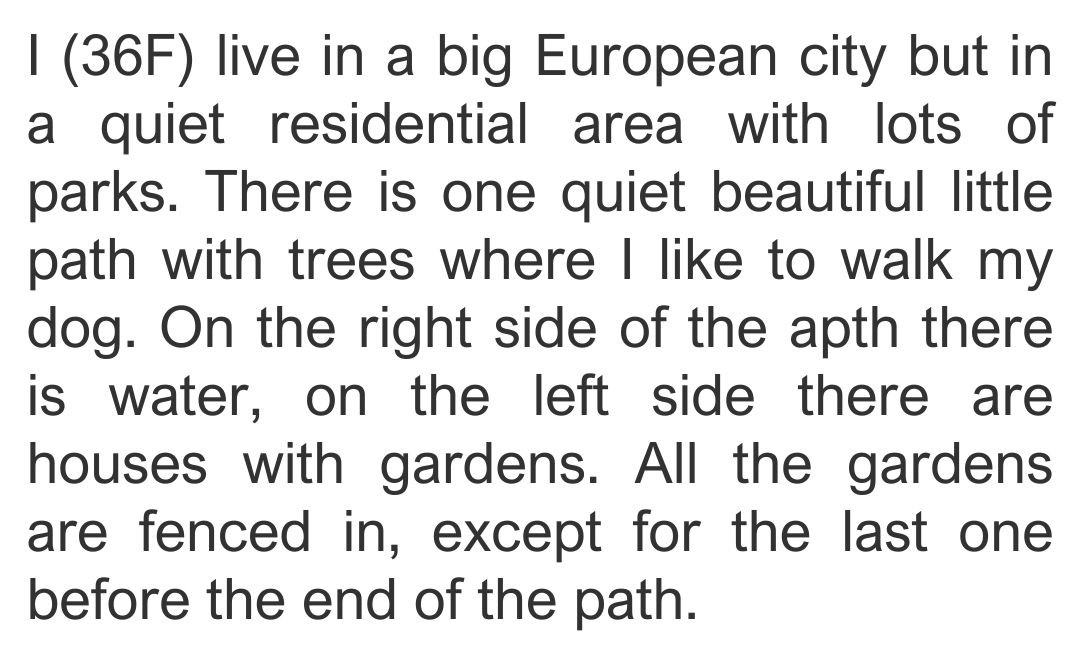
The Setting: A Shared Path, a Divided Opinion
Nana_banana2’s chosen walking path ran alongside a row of privately owned, mostly fenced houses on one side, and the calming expanse of a lake on the other. Crucially, one house along this otherwise fenced stretch remained open to the path, lacking any barrier. It was at this unfenced property that the conflict arose. During one of her routine dog walks, a woman emerged from this unfenced property. She confronted nana_banana2 directly, making a surprising and unreasonable demand: that she cease walking her dog along this particular section of the public path.

The neighbor’s reasoning? She asserted that the mere presence of the dog and the walker disturbed her peace. Nana_banana2 was, understandably, perplexed. The path was unequivocally public property, designed for everyone’s use and enjoyment. The neighbor’s demand seemed unreasonable, unfounded, and blatant disregard for the fundamental principles of public access rights.
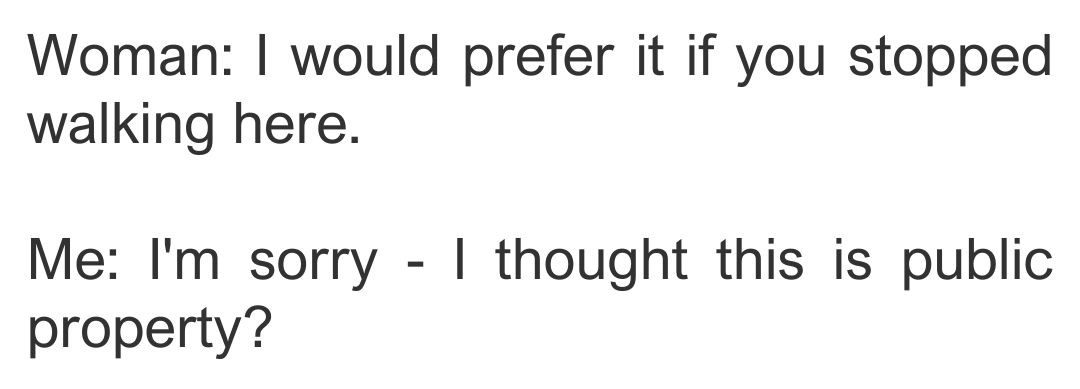
The neighbor conceded that the path was indeed public property, yet stubbornly maintained that the dog’s presence still constituted a disturbance. This line of reasoning is, of course, fundamentally flawed and illogical. Public spaces are inherently meant to be shared by the community at large. Unless specific, clearly defined regulations explicitly prohibit dogs (which was demonstrably not the case in this scenario), responsible and courteous dog owners have every right to utilize these shared spaces responsibly.
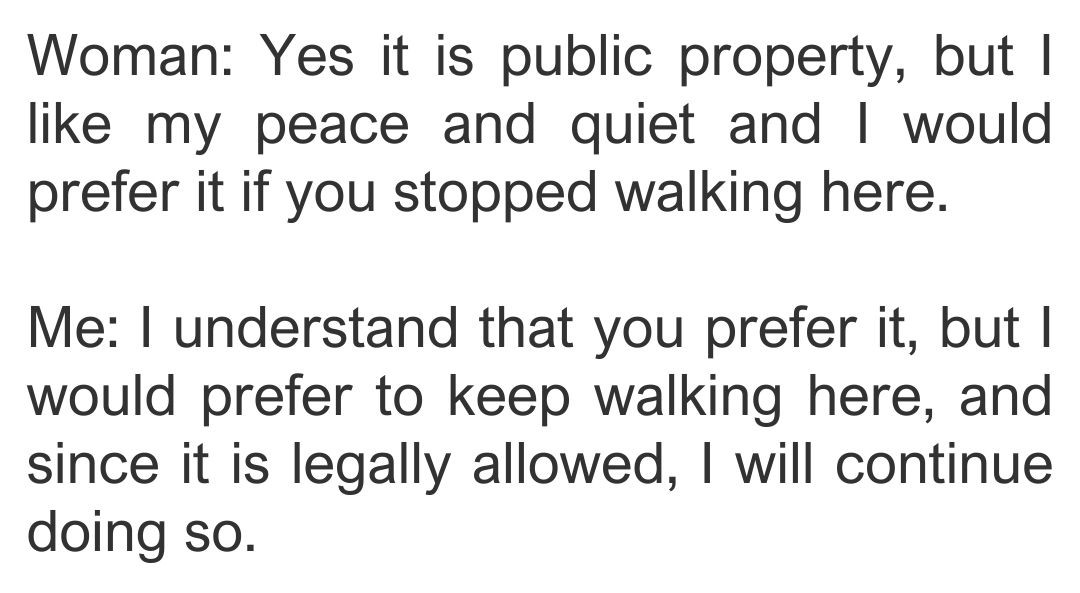
Standing Her Ground: A Defense of Public Access and Common Sense
Nana_banana2, entirely within her rights, firmly refused to comply with the neighbor’s baseless and unreasonable request. She calmly and politely explained that she wasn’t violating any local ordinances or laws and fully intended to continue utilizing the public path for its intended purpose. This perfectly reasonable and measured response only escalated the neighbor’s unwarranted anger, prompting her to resort to personal insults, offensively labeling Nana_banana2 as “rude.”

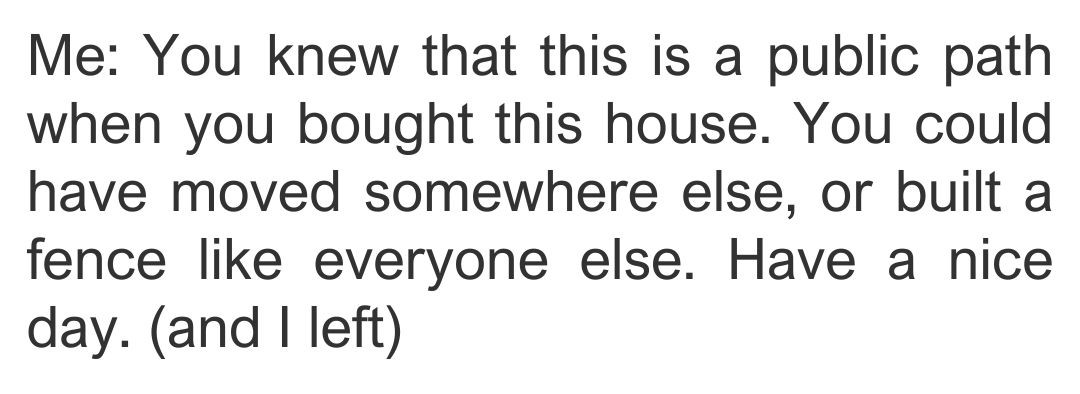
The Verdict is In: The Online Community Weighs In on Public Access and Neighborly Conduct
Seeking validation and support from a broader perspective, Nana_banana2 wisely shared her perplexing experience on Reddit’s widely popular “Am I The A**hole” (AITA) subreddit. The online community overwhelmingly sided with her, criticizing the neighbor’s demonstrably entitled and unreasonable behavior.
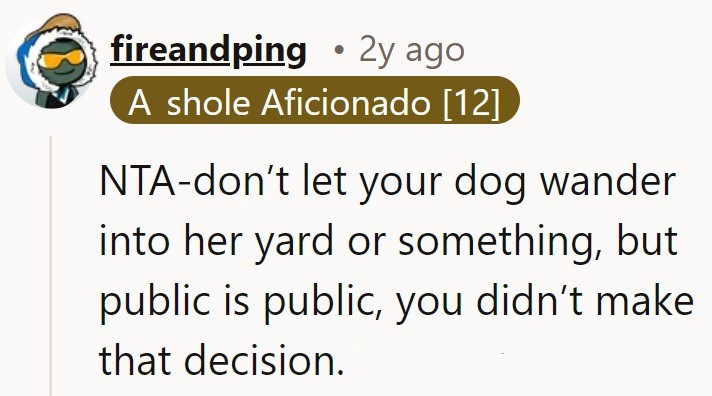
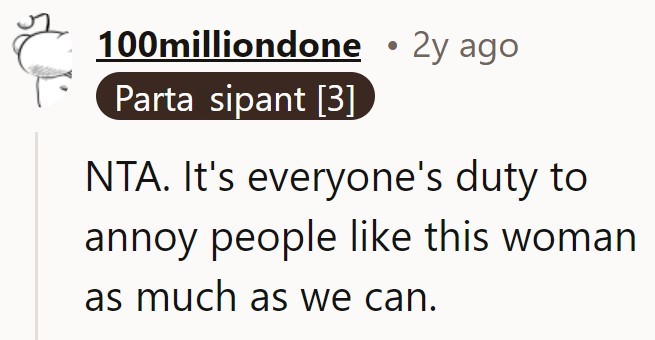
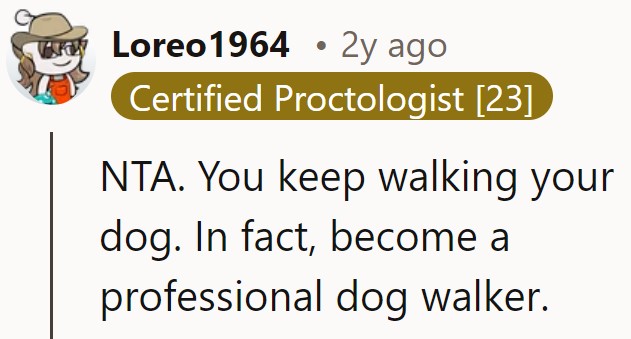
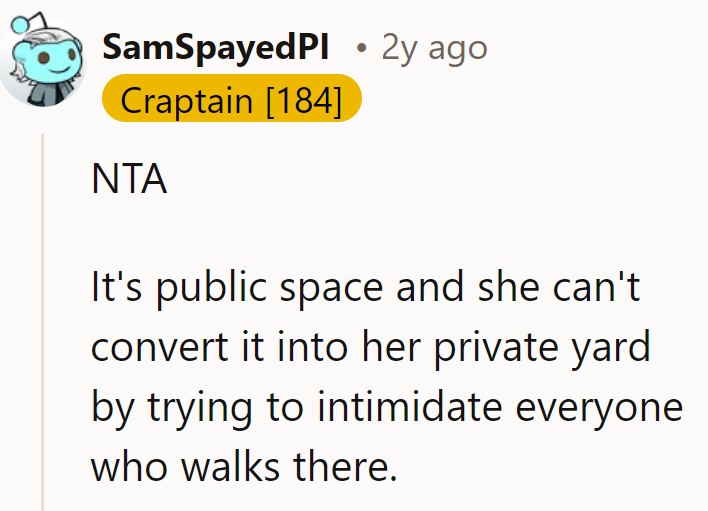
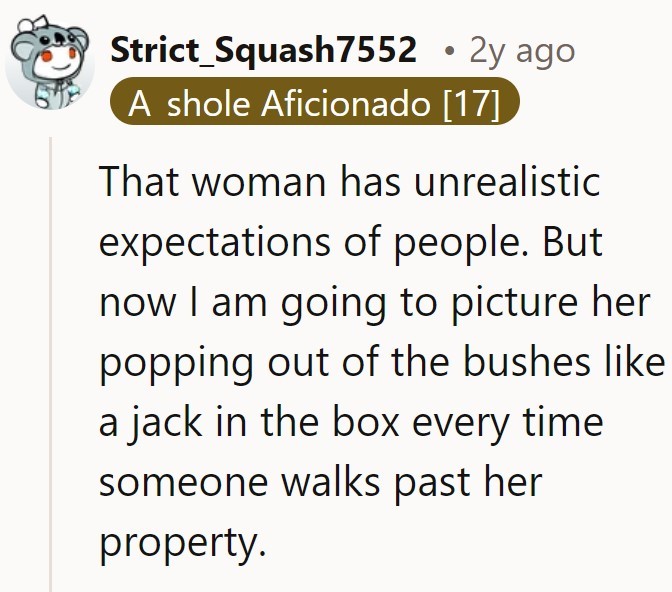
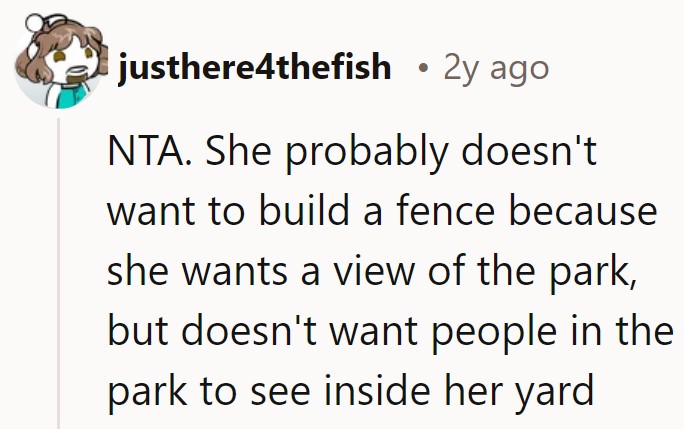
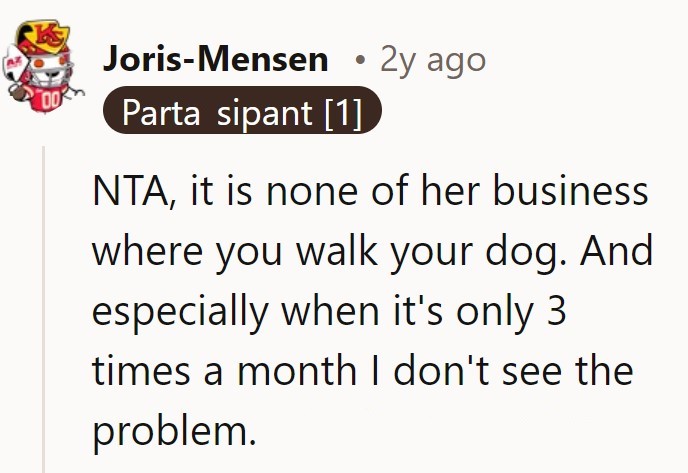
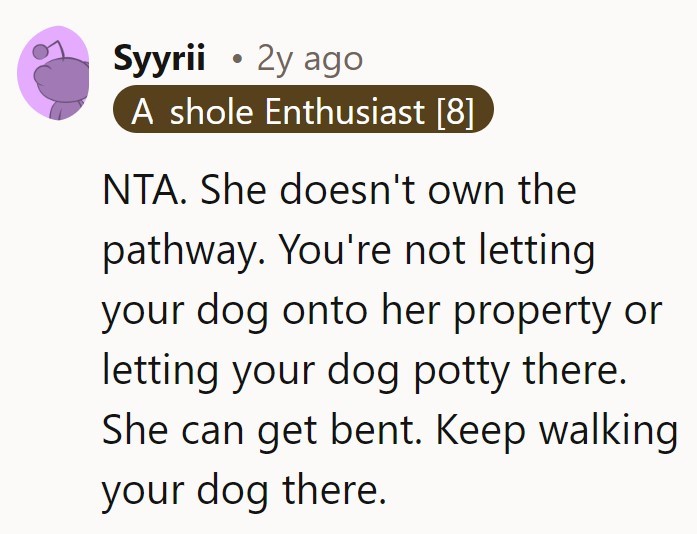

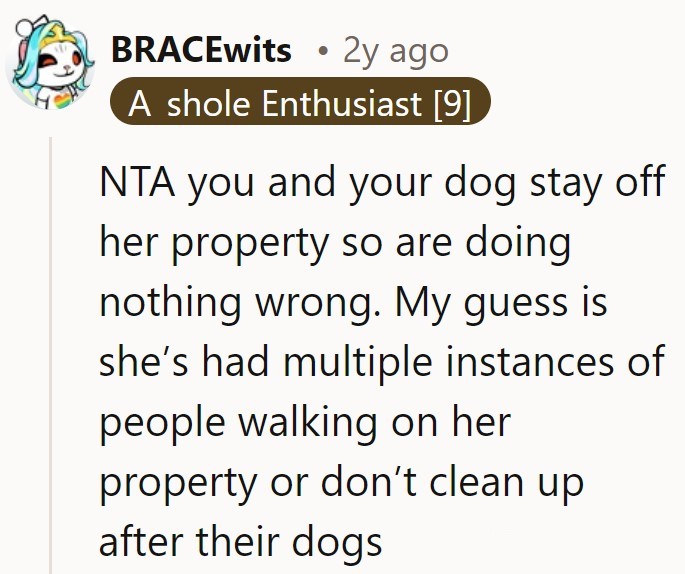
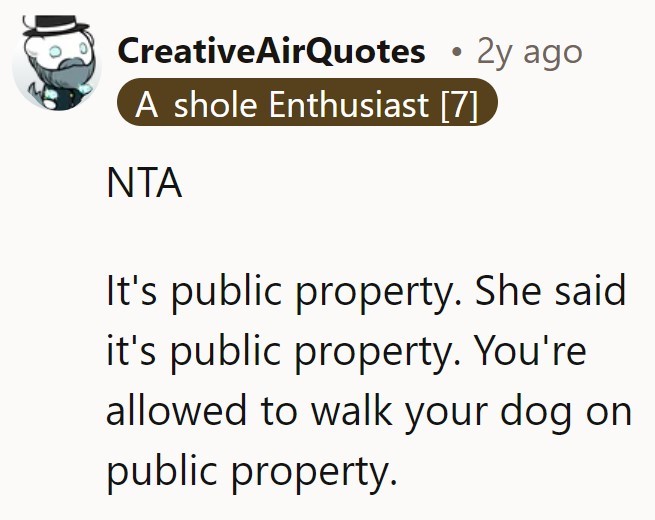
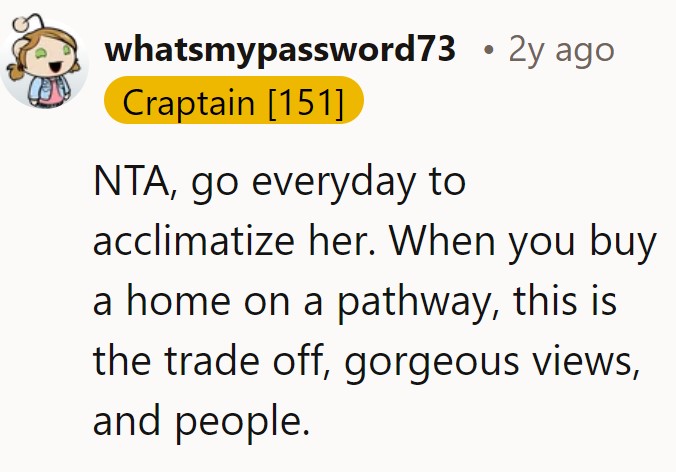
Responsible Dog Walking Etiquette: Cultivating Consideration and Respect
While this narrative highlights an extreme and unusual instance of neighborly conflict arising from a simple dog walk, it serves as a valuable reminder
that responsible dog walking extends far beyond merely adhering to codified legal rights. It also intrinsically encompasses being considerate and mindful of those within your shared community. Consistently keeping your dog securely leashed (except in specifically designated off-leash areas), promptly and thoroughly cleaning up after your pet to prevent any unwanted messes, and being generally mindful of noise levels and other potential disturbances are all essential components of responsible dog ownership and, by extension, good neighborly conduct.
The Foundational Importance of Public Access and Shared Community Spaces
Public spaces belong to every community member by their very nature and design. Restricting access to these shared resources based solely on individual, subjective preferences sets a dangerous and exclusionary precedent and fundamentally undermines the core purpose of these valuable communal assets. This seemingly minor incident serves as a crucial reminder of the importance of understanding and actively respecting the rights of all individuals to enjoy and utilize public areas responsibly and without undue interference.
This story ultimately offers a valuable and timely lesson in navigating the often-complex and nuanced dynamics of neighborly relationships and the essential principles of responsible pet ownership in a shared community setting.

